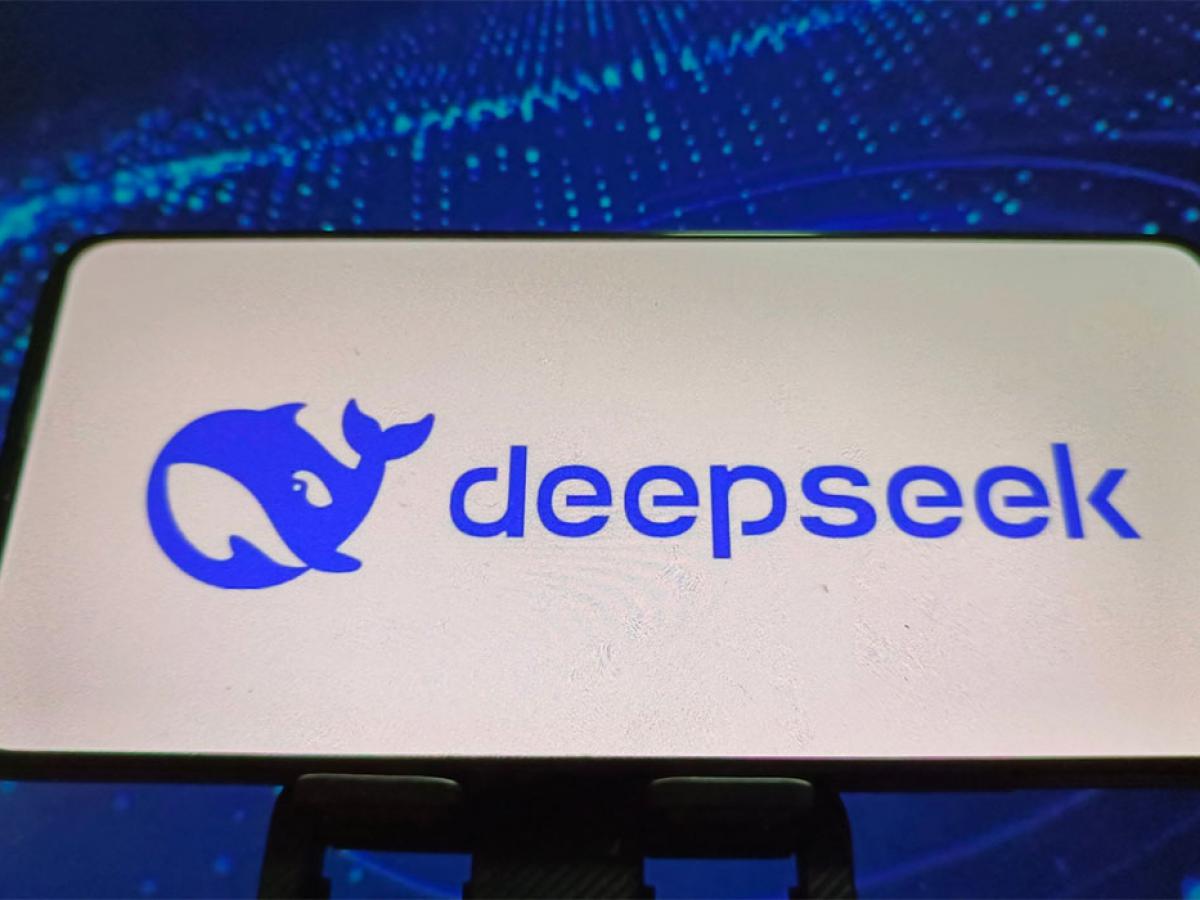Chinese artificial intelligence company DeepSeek has faced an unexpected setback, delaying the release of its latest AI model due to technical problems with Huawei’s chips. The issue highlights the ongoing challenges Chinese companies encounter in reducing dependence on U.S technology, especially in advanced AI hardware.
The DeepSeek AI model, originally expected to launch earlier this year, encountered difficulties while training on Huawei’s Ascend chips. Engineers reported software incompatibilities and performance inconsistencies, preventing the completion of the training process.
Despite Huawei providing technical support, the model could not achieve the expected training outcomes. As a result, DeepSeek had to temporarily consider alternatives, including using Nvidia chips for some processes while retaining Huawei hardware for inference tasks.
This problem demonstrates that while China has made significant progress in semiconductor development, there are still gaps compared to international leaders like Nvidia. The absence of mature software ecosystems compatible with local hardware is a significant hurdle for AI developers.
Industry experts view this delay as an important case study for China’s push for self reliance in AI. Dr. Li Wei, a semiconductor analyst at Tsinghua University, states, The DeepSeek situation underscores that developing advanced AI models is not just about creating chips it’s also about building robust software and support systems.
China has advanced hardware, but full integration remains a challenge. Similarly, Professor Zhang Jun, an AI researcher at Shanghai Jiao Tong University, emphasizes, Training large AI models requires both hardware performance and software efficiency.
Even with top tier chips, integration challenges can delay progress significantly. These expert insights indicate that achieving technological independence requires more than hardware innovation ecosystem development is equally crucial.
Learning from Industry Challenges
DeepSeek’s experience mirrors other Chinese tech efforts. For instance, Baidu’s Apollo autonomous driving project faced delays due to limitations in domestic chip performance. Likewise, Alibaba’s AI research lab struggled to scale high performance computing operations without relying on foreign GPUs.
These examples highlight a consistent theme local hardware innovation is advancing, but integrating it effectively into AI workflows remains challenging. Such case studies emphasize the importance of long term planning and infrastructure development in the tech sector.
Behind every AI model are the developers, engineers, and leaders navigating immense technical and organizational pressures. Liang Wenfeng, founder of DeepSeek, shared his frustration, We have the vision and talent, but sometimes technology itself becomes the bottleneck. It’s a lesson in patience and perseverance.
Many engineers working on the DeepSeek AI model describe long hours and repeated trial and error experiments, reflecting the human dedication behind cutting edge innovations. These personal experiences reveal the balance between ambition and technical reality in AI development.
Implications for China’s AI Strategy
The delay of the DeepSeek AI model raises several broader considerations. China’s goal of reducing reliance on U.S. technology faces tangible obstacles. Advanced AI hardware, especially GPUs and AI accelerators, still requires significant development.
Even with strong hardware, software compatibility and integration issues remain critical. A robust AI ecosystem includes chips, frameworks, libraries, and trained personnel.
Without resolving these challenges, Chinese AI startups may struggle to compete internationally. Companies like DeepSeek serve as a microcosm of the broader national AI ambitions.
Experts suggest that China should increase investment not just in hardware but also in training AI engineers, developing software frameworks, and collaborating internationally to bridge gaps.
Despite the setback, DeepSeek remains committed to releasing its model. The company is actively exploring solutions, such as optimizing Huawei chip utilization and hybrid approaches combining domestic and foreign hardware.
Dr. Li Wei adds, Setbacks like this are natural in high tech innovation. They provide valuable lessons for engineers, companies, and policymakers.
The DeepSeek AI model delay, while disappointing, offers a critical reflection point. It shows that AI progress is not solely about having advanced chips but about harmonizing all components of the development ecosystem.
Lessons from DeepSeek
The DeepSeek AI model delay serves as a reminder of the complex nature of technological innovation. It highlights the interplay of hardware limitations, software integration challenges, and human effort in AI development.
China’s drive for AI independence is ambitious and strategic, but incidents like this underline the need for a holistic approach developing both technology and the systems that support it. For DeepSeek, this delay is not a failure but a stepping stone toward building more robust, integrated, and globally competitive AI models.
The human, technical, and strategic lessons from DeepSeek’s journey will shape the future of AI innovation in China and globally, reminding us that real breakthroughs often come with challenges and patience, persistence, and careful planning are key.

